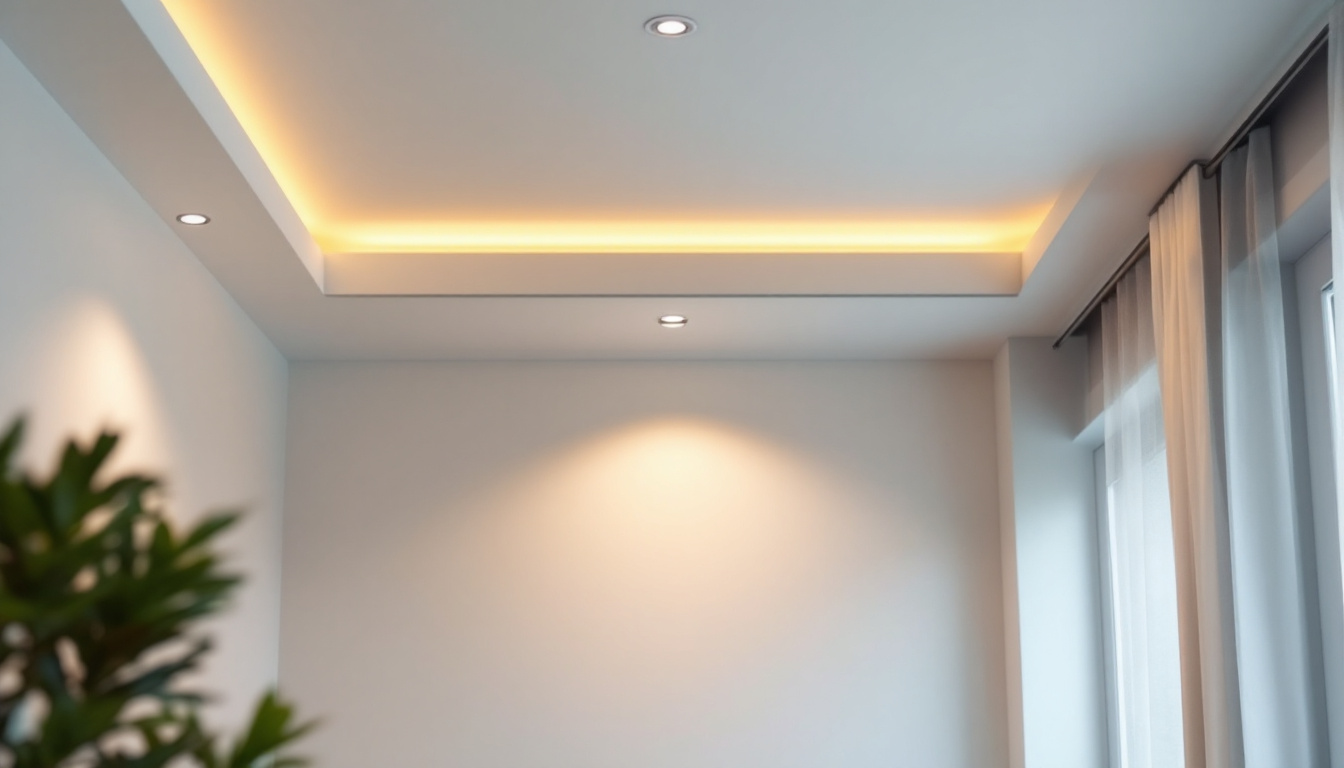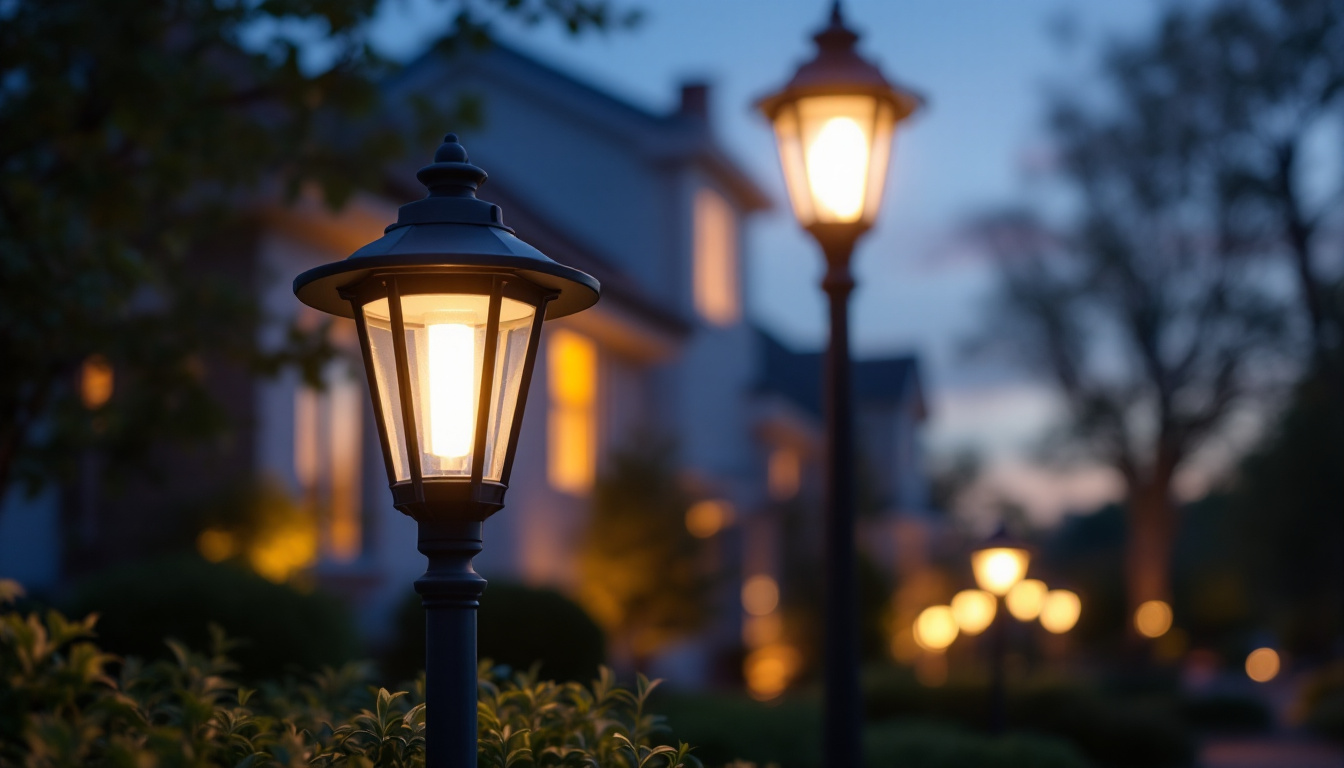
Recessed can lights have become an essential element in modern lighting design, offering versatility and a sleek aesthetic that can enhance any space. For lighting contractors, understanding the nuances of recessed lighting is crucial for delivering exceptional results to clients. This article delves into the best practices for selecting and installing recessed can lights, ensuring that contractors can provide optimal lighting solutions tailored to their clients’ needs.
Recessed can lights, also known as downlights or pot lights, are fixtures installed into a hollow opening in the ceiling, creating a clean and unobtrusive appearance. They can serve various purposes, from general illumination to accent lighting, making them a popular choice in both residential and commercial settings. Their sleek design allows for a seamless integration into the architecture of a room, providing a modern aesthetic that can enhance any space.
In addition to their visual appeal, recessed can lights are also highly versatile in terms of functionality. They can be used to highlight artwork, illuminate dark corners, or provide ambient light in living areas. Moreover, with the advancement of smart lighting technology, many recessed lights now come with dimming capabilities and can be controlled via smartphone apps or voice-activated systems, allowing users to customize their lighting experience according to their mood or activity.
There are several types of recessed can lights available, each designed for specific applications. The most common types include:
When selecting recessed can lights, several features should be taken into account:
Additionally, it’s important to consider the color temperature of the light source, which can range from warm yellow tones to cool daylight hues. Warmer temperatures can create a cozy atmosphere, making them suitable for living rooms and bedrooms, while cooler temperatures are often preferred in kitchens and workspaces for their clarity and brightness. The choice of color temperature can dramatically influence the ambiance of a room, so it’s worth experimenting with different options to find the perfect fit for your space.
Proper installation of recessed can lights is critical to achieving the desired lighting effect while ensuring safety and compliance with building codes. Here are some best practices to follow:
Before installation, a well-thought-out layout is essential. Consider the purpose of the lighting and the room’s dimensions. A common guideline is to space the fixtures approximately 4 to 6 feet apart for general lighting. However, this can vary based on the ceiling height and the desired light intensity.
Additionally, avoid placing fixtures too close to walls, as this can create harsh shadows. Instead, aim for a distance of about 1.5 times the height of the ceiling from the wall to achieve a balanced light distribution.
When installing recessed can lights, ensuring proper electrical connections is paramount. Always adhere to local electrical codes and regulations. Use the appropriate gauge wire for the circuit and ensure that the circuit can handle the load of the fixtures.
Moreover, consider using dimmer switches to provide clients with flexibility in controlling the light intensity. This can enhance the ambiance of a space and contribute to energy savings.
For IC rated fixtures, it is essential to ensure that insulation is properly managed to prevent overheating. Non-IC rated fixtures must be installed with adequate clearance from insulation materials. This not only ensures safety but also enhances the longevity of the fixtures.
Additionally, consider ventilation in the installation area. Proper airflow can prevent heat buildup, which is particularly important in attics or closed ceiling spaces.
The choice of light source can significantly impact the effectiveness and efficiency of recessed can lights. Here’s a breakdown of the most common options:
While incandescent bulbs are known for their warm light and excellent color rendering, they are less energy-efficient compared to modern alternatives. They also have a shorter lifespan, which can lead to increased maintenance costs over time.
For clients who prioritize warmth and ambiance, incandescent bulbs may still be a viable option, but it is essential to discuss the trade-offs regarding energy consumption and longevity.
LED bulbs have gained immense popularity due to their energy efficiency and long lifespan. They consume significantly less energy than incandescent bulbs and can last up to 25 times longer. Furthermore, LED technology has advanced to offer a wide range of color temperatures, allowing for tailored lighting solutions that can meet various aesthetic preferences.
When recommending LED options, it is crucial to ensure compatibility with the recessed can fixtures. Some LEDs may require specific dimmers or transformers, so verifying this compatibility can prevent issues down the line.
Fluorescent bulbs are another option, known for their efficiency and bright light output. They are suitable for commercial applications where high-intensity lighting is required. However, they may not offer the same color rendering quality as incandescent or LED options.
Contractors should consider the specific needs of the space when recommending fluorescent bulbs, as they may not be ideal for residential settings where ambiance is a priority.
Beyond functionality, recessed can lights can contribute significantly to the overall design of a space. Here are some design considerations for contractors to keep in mind:
The color temperature of the light can dramatically alter the mood of a room. Ranging from warm (2700K) to cool (5000K), the choice of color temperature should align with the intended use of the space. Warm tones are typically preferred in living areas and bedrooms, while cooler tones may be more suitable for kitchens and workspaces.
When discussing options with clients, it can be helpful to provide samples or visual aids to illustrate how different color temperatures can affect the ambiance of a room.
Adjustable recessed can lights can provide versatility in directing light where it is needed most. This feature is particularly beneficial for accent lighting, highlighting artwork or architectural features. Contractors should consider incorporating adjustable fixtures in spaces where flexibility is desired.
Additionally, the use of different trim styles can help achieve various lighting effects, from focused beams to wider washes of light, enhancing the overall design aesthetic.
As smart home technology continues to evolve, integrating recessed can lights with smart systems can offer clients increased control over their lighting. Programmable settings, remote access, and voice control capabilities can enhance convenience and energy efficiency.
When discussing options with clients, it is essential to highlight the benefits of smart lighting solutions, including the ability to create customized lighting scenes for different occasions.
Even experienced contractors can encounter pitfalls when installing recessed can lights. Here are some common mistakes to watch out for:
One of the most frequent errors is overcrowding fixtures, which can lead to uneven lighting and an overwhelming visual effect. Proper spacing is critical for achieving a balanced and aesthetically pleasing result. Always refer to the recommended spacing guidelines based on the ceiling height and fixture type.
Ceiling height plays a significant role in determining the appropriate size and spacing of recessed can lights. In rooms with higher ceilings, larger fixtures may be needed to ensure adequate illumination. Conversely, in lower ceilings, smaller fixtures can help maintain a sense of openness.
Contractors should always assess the room’s dimensions and adjust their plans accordingly to avoid miscalculations.
Compliance with local building codes and regulations is non-negotiable. Failing to adhere to these guidelines can result in safety hazards and costly rework. Always stay informed about the latest codes and ensure that all installations meet the required standards.
Recessed can lights are a powerful tool in the lighting contractor’s arsenal, offering flexibility, efficiency, and aesthetic appeal. By understanding the various types, best practices for installation, and design considerations, contractors can provide clients with exceptional lighting solutions that meet their unique needs.
By avoiding common mistakes and staying informed about the latest trends and technologies, lighting contractors can enhance their expertise and deliver outstanding results. Whether working on residential or commercial projects, the knowledge of recessed can lights will undoubtedly elevate the quality of lighting design and installation.
Ready to take your lighting projects to the next level? At LumenWholesale, we provide lighting contractors like you with the highest quality recessed can lights and more, all at unbeatable wholesale prices. Say goodbye to local distributor markups and hello to our spec-grade lighting products that meet the highest industry standards. With free shipping on bulk orders, you can trust that you’re getting premium lighting solutions at the best value, with no hidden fees. Elevate your lighting design and installation with the efficiency, affordability, and convenience of Wholesale Lighting at the Best Value from LumenWholesale.

Discover innovative hacks for smart lighting contractors to enhance exterior lamp post lights.

Discover the transformative impact of Em Light Batteries on the lighting industry.

Discover how to transform your home office with the perfect light fixtures.

Discover innovative strategies to future-proof your lighting projects with strip light fixtures.